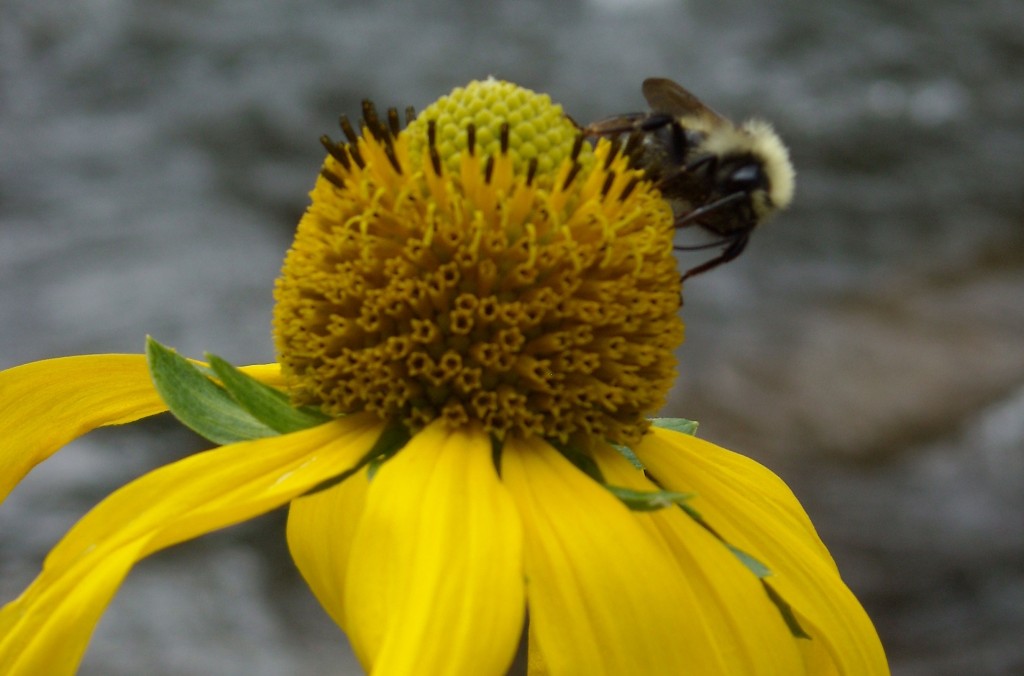If you ate food today or put on clothes, thank a pollinator. Worldwide, approximately 1,000 plants that provide food, beverages, medicines and fibers require pollination. Overall, 75 percent of all flowering plant species require pollination. Pollination is carried out by over 200,000 animal species.
When we think of pollinators, we typically think about the managed honey bee and maybe the lumbering bumble bee. However, honey bees are only a very small part of the pollination system. Other insects such as butterflies, moths, flies, native bees and beetles provide the majority of pollination along with animals, such as bats and birds.
While honey bees are considered social insects, many native bees are solitary. They nest in wood, masonry or in the ground. So when we want to preserve habitat, look beyond flower beds and alfalfa fields to large open spaces, fence posts and dead trees.
What can you do to protect pollinators? Like most living things they need food, water and shelter. You can provide forage by planting native and flowering plants, leave uncultivated areas and old wood snags to provide nesting sites, and build nesting structures. Use pesticides wisely and always and follow the label.

